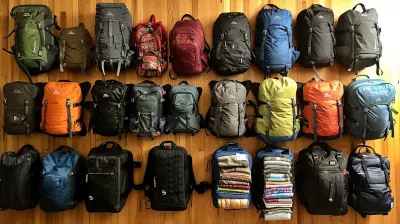Blended Learning and the Evolution of Curriculum Design
11 August 2025
Let’s face it—traditional classroom settings are no longer the only game in town. With the rise of digital innovation and a growing need for flexibility in education, the way we teach and learn has done a complete 180. That’s where blended learning steps into the spotlight and says, “Hey, I’ve got this.”
But blended learning is more than just tossing in a few Zoom calls or uploading PDFs to an online platform. It’s reshaping the way educators design curriculum—and if you ask us, it's a game-changer.
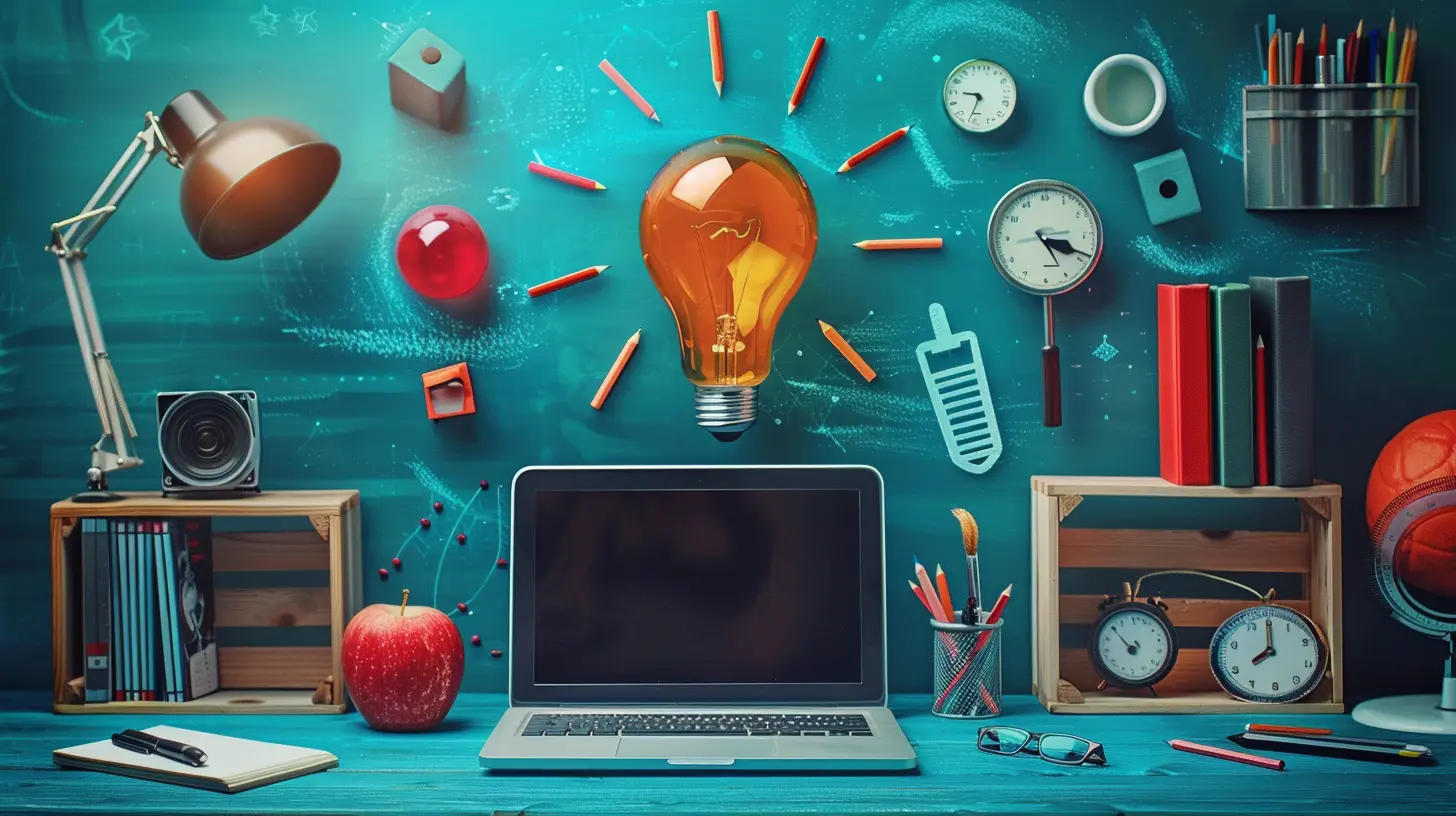
What Exactly Is Blended Learning?
Before we dive deep into the evolution of curriculum design, let’s break down what blended learning actually is. At its core, blended learning is a hybrid model that combines face-to-face instruction with online learning experiences. It’s not just about flipping classrooms—it's about flipping traditional teaching on its head.Imagine attending a math lesson in person on Monday, then logging in from home on Wednesday to work on interactive problem-solving games or video explanations. It’s like peanut butter and jelly: each part is great on its own, but together, they’re phenomenal.
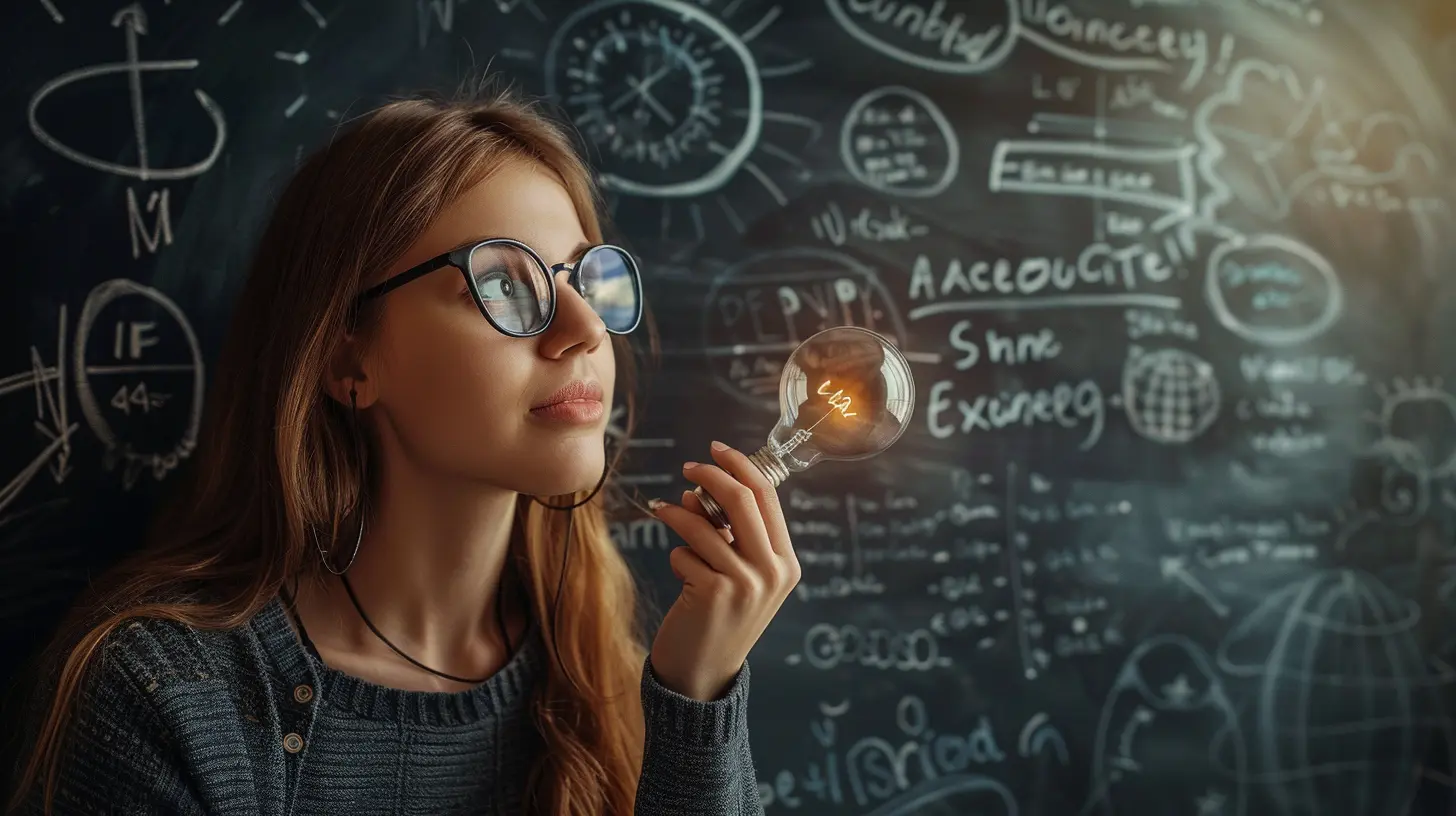
Why Is Blended Learning Gaining Ground?
So, what’s all the buzz about?Here’s the deal—blended learning offers:
- Flexibility: Students can learn at their own pace, anytime, anywhere.
- Personalization: Learning paths tailored to students’ needs and abilities.
- Engagement: Interactive content keeps learners hooked.
- Data-driven insights: Instant feedback helps tweak learning strategies.
In a nutshell, it makes learning more human-centered, more efficient, and, frankly, more fun. And in today’s world, that’s not just nice—it’s necessary.
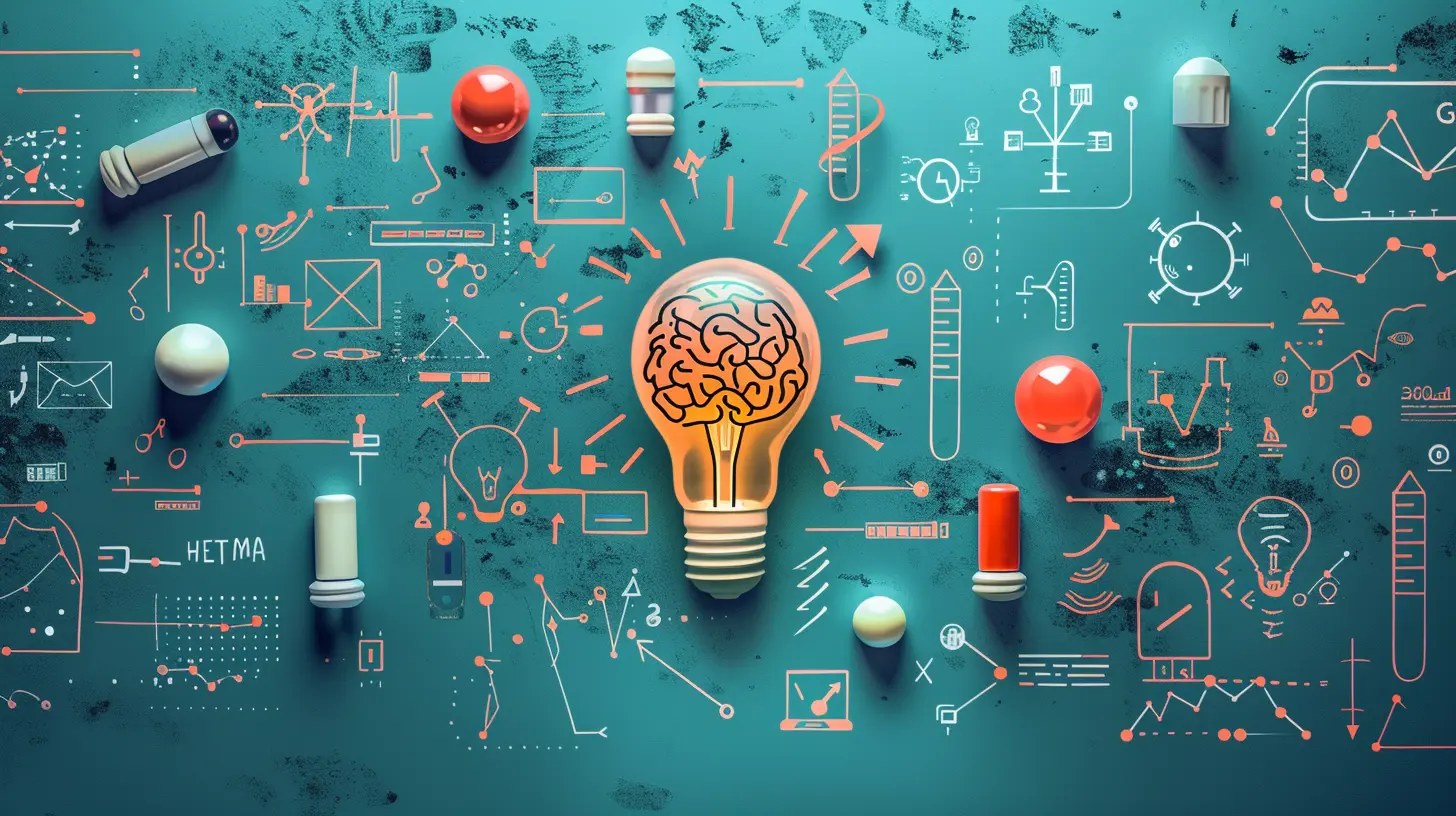
The Traditional Curriculum vs. Today’s Needs
Let’s take a step back and look at curriculum design, pre-blended learning revolution. Traditionally, curriculum has been structured like a rigid spine: subjects lined up neatly, standardized assessments slotted in, and a “one-size-fits-all” mentality guiding the process.But here’s the kicker: students aren’t standard. They’re as unique as fingerprints.
When the world outside the classroom is changing faster than ever—thanks to technology, global events, and shifting job markets—shouldn't what we teach and how we teach it evolve too?
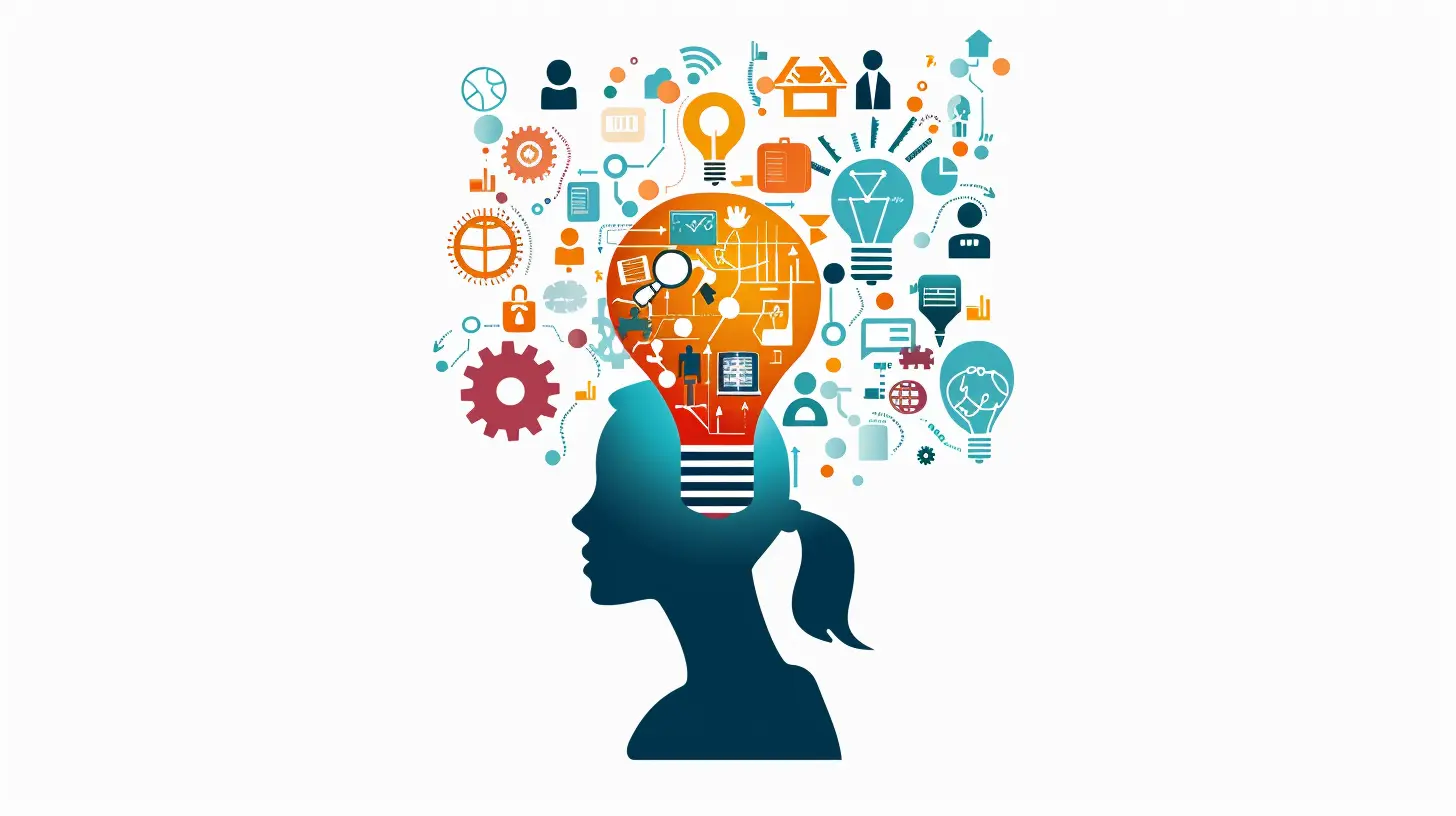
How Blended Learning is Flipping Curriculum Design
Alright, let’s talk transformation. Curriculum design used to be linear. Teachers followed a roadmap: Lesson 1, Lesson 2, Test. Rinse and repeat.Blended learning doesn’t just re-route the roadmap—it creates entirely new paths, detours, and scenic routes for every learner.
1. Shifting from Content Delivery to Learner Experience
In the traditional model, teachers were like sages on the stage—delivering lectures, handing out worksheets, and hoping the message stuck.Now, educators are curators of experience. They mix videos, simulations, discussion boards, real-world projects, and in-person guidance to create an immersive journey. Think of it like designing a playlist that hits all the right vibes for each student.
2. Embracing Modular Design
Blended curriculums lean heavily on modular course design. Instead of long, drawn-out units, content is broken into bite-sized modules that can be mixed and matched. This flexibility allows teachers to adapt content quickly and address diverse learning needs.It’s kind of like Netflix—students can “binge-learn” topics that interest them or re-watch content they didn’t quite get the first time.
3. Integrating Technology Meaningfully
Blended learning isn't about tech for tech’s sake. It’s about intentional integration—using technology as a tool, not a crutch.From learning management systems (like Moodle or Canvas), to collaborative apps (Google Docs, Padlet), to virtual labs and AI tutors, tech is embedded into the curriculum in ways that support and enhance learning.
4. Personalized Learning Pathways
This is the big one. Through adaptive learning platforms and performance analytics, educators can actually track what students grasp and where they’re struggling. Then? They tweak the curriculum on the fly.We’re talking real-time, personalized adjustments.
Imagine if your GPS could modify your route based on your driving mood. That’s what a blended curriculum does for education.
Benefits of Blended Learning-Driven Curriculum Design
Let’s not gloss over the enormous upsides here. Blended learning and modern curriculum design come with a backpack full of benefits:- Enhanced student engagement through multimedia and interactive content
- More autonomy and accountability for students
- Increased collaboration via digital forums, group chats, and peer review
- Accessibility for all, including learners with disabilities or those in remote areas
- Continuous feedback loops, making it easier to guide and support learners
You get the idea—it’s powerful stuff.
Challenges? Yep, There Are a Few
Of course, no revolution is without its bumps in the road.Digital Divide
Not all students have equal access to devices or high-speed internet. This remains a big challenge in truly democratizing blended learning.Teacher Training
Designing and delivering blended curriculum isn’t just a plug-and-play situation. Teachers need proper training, support, and time (lots of it) to do it well.Assessment Alignment
Traditional testing methods don’t always align with modern, blended curriculums. Educators need to reimagine how assessment fits into this new model—think portfolios, presentations, and real-world applications.Curriculum Overload
When you have endless digital tools and content, knowing what to include—and what to leave out—can be overwhelming. Curation becomes just as important as creation.But here’s the catch: these challenges aren’t deal-breakers. They’re road signs pointing us toward better systems and support structures.
Real-World Blended Curriculum Examples
Let’s make this real with some examples.K-12 Flip
Many high schools now use a “flipped classroom” model. Students watch video lectures at home and work on problem-solving or discussions in class. It’s like doing the homework first and learning together second. Wild, right? But it works.Higher Ed Hybrids
Universities are offering hybrid degrees where students complete some modules online and others on campus. This opens up accessibility for working professionals, parents, and rural students.Corporate Learning
Companies like Google and IBM use blended learning for employee upskilling. Think onboarding videos, virtual simulations, and optional in-person workshops. Education’s not just for kids anymore.
The Future of Curriculum Design: What’s Next?
So what’s on the horizon?Here’s where curriculum design is likely headed:
- AI-Powered Personalization: Curriculums that adapt themselves in real time based on student behavior and performance.
- Project-Based Learning: Less rote memorization, more solving real-world problems—online and off.
- Global Classrooms: Students collaborating across geographies in virtual spaces.
- Lifelong Learning Models: Curriculums tailored not just for K-12 or college, but for life—supporting career changes, hobbies, and personal growth.
We’re talking about a living, breathing curriculum. One that grows with the learner, not just the grade level.
Final Thoughts
Blended learning is not just a trend—it’s a tectonic shift in how we think about education. It’s tearing down the walls of the traditional classroom and building bridges between learning styles, technologies, and real-world skills.Curriculum design, in response, is evolving with it. It’s becoming more agile, more inclusive, and infinitely more engaging. Sure, there are still obstacles to overcome, but the path forward is promising.
Whether you’re a teacher, a student, or just someone who loves the idea of better learning—you’re part of this evolution. And honestly? It’s an exciting time to be in education.
all images in this post were generated using AI tools
Category:
Blended LearningAuthor:

Fiona McFarlin
Discussion
rate this article
1 comments
Diana Dorsey
Blended learning transforms curriculum design by integrating technology and traditional methods, enhancing engagement and personalized learning experiences.
August 21, 2025 at 12:28 PM

Fiona McFarlin
Thank you for your insightful comment! Blended learning indeed reshapes curriculum design by seamlessly combining technology with traditional approaches, fostering greater engagement and personalized experiences for students.
